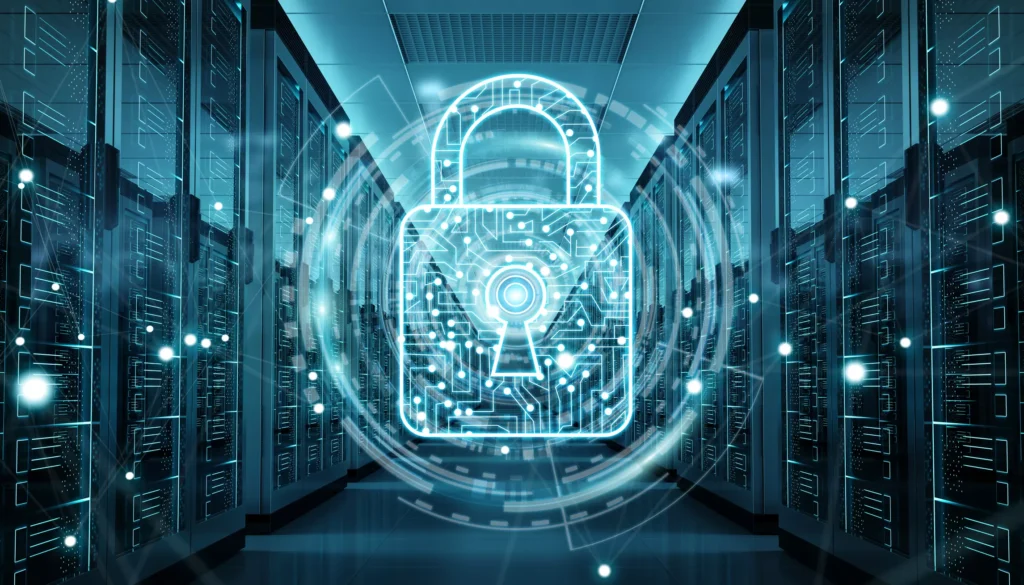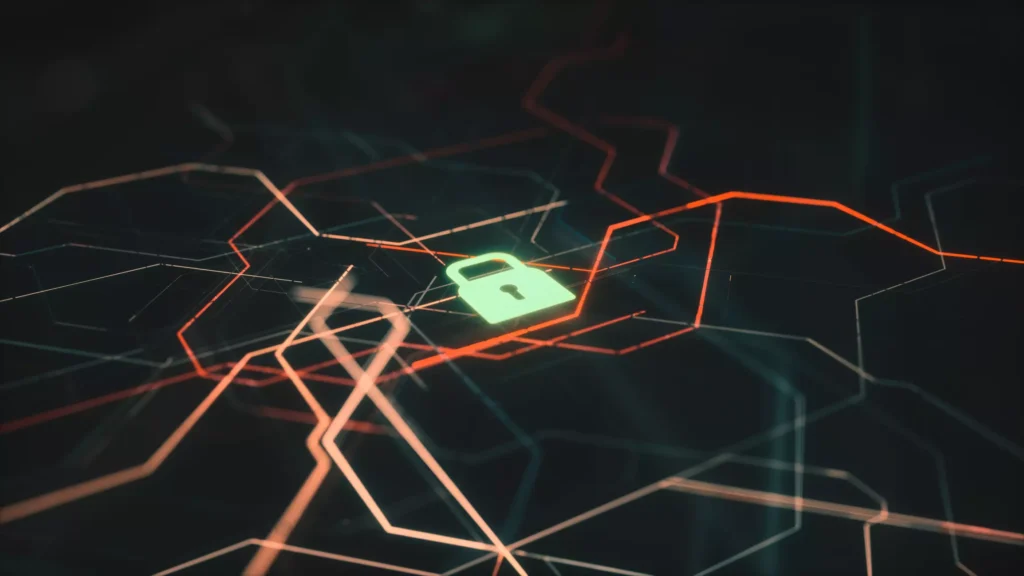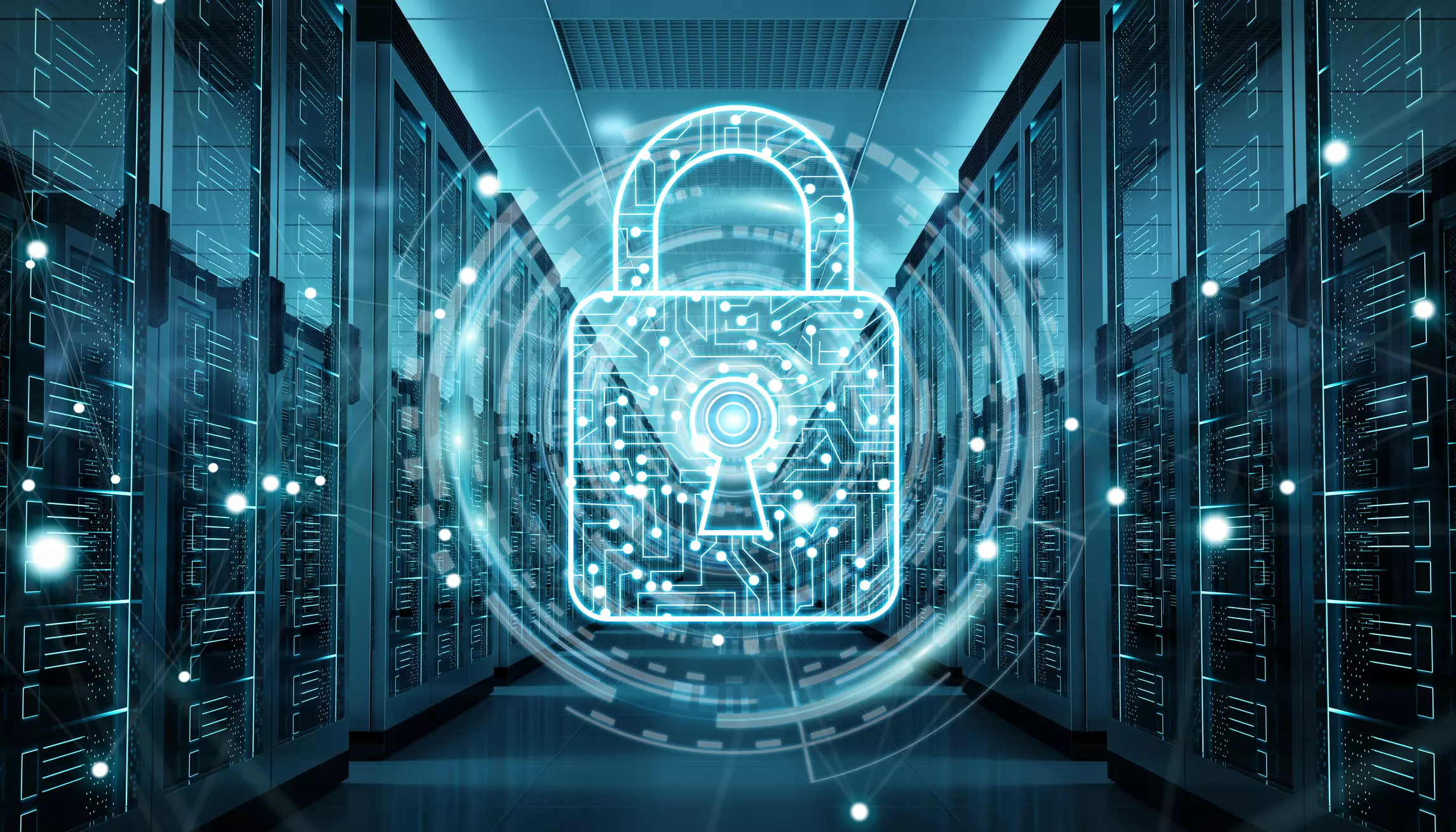The inability to take snapshots frequently, retain those snapshots indefinitely and store those snapshots cost-effectively means that legacy storage snapshots are too limited for IT professionals trying to solve real data management problems. Whether they are copy on write (COW) or even the more modern redirect on write (ROW), both techniques impact performance and don’t enable IT professionals to use snapshots to address challenges like ransomware protection, backup augmentation, or replacement, and copy data management. With the right snapshot technology, you can lower more than just storage total cost of ownership (TCO), you can also lower the entire data center’s TCO.
The Trouble with Current Snapshot Technology
A standard method used to provide additional data protection beyond the daily backup process is snapshots. Most storage systems and some backup software offer snapshot capabilities. Snapshots basically encapsulate the state of a storage system, volume, logical unit number (LUN), or virtual machine as a virtual, read-only, point-in-time copy of a particular data set. Their purpose is to ensure data consistency while speeding up backup and recovery times. Because they initially don’t consume space, they also reduce the amount of storage capacity needed compared to full backups or making extra data copies.

Snapshots in most storage systems today have many limitations. Despite claims to the contrary, many storage vendors do not support an unlimited number of snapshots nor retaining them for an indefinite time. Also, as the number of snapshots and their age increase, they negatively impact storage performance to the point of being unusable. Additionally, when storage snapshots occur, they halt the storage system’s input/output operations (IOPS) and throughput, negatively impacting performance. These limitations are all because legacy systems use snapshot technology which depends on obsolete storage system software that is over twenty years old.
Storing Storage Snapshots are Too Expensive
Even if storage vendors fixed their performance problems, the cost to store an almost unlimited number of snapshots would consume most of the storage budget. Snapshots need to be cost-effectively stored, long term. The problem is most solutions keep their snapshots on the same storage tier as the original volume. While snapshots don’t take up space when first created, they take up more and more space as they age. Since most organizations leverage flash storage for their production applications, storing many snapshots for lengthy periods on the same flash tier is very expensive.
Storing Multiple Snapshots Too Inefficient
Because of their many limitations, most organizations can only use a tiny fraction of the available snapshot depth claimed by the vendor. Unable to fully leverage snapshot capabilities results in many organizations executing only a few snapshots per day. They then use these snapshots to feed an existing backup process. Once the backup is completed, IT quickly removes the snapshots to avoid impacting performance.
As for organizations that need to execute hundreds of snapshots per day to meet aggressive RTOs and RPOs demanded by users and application owners, storage managers are forced to choose between more snapshots and greater data protection, but with significantly reduced storage IOPS performance and throughput, or faster performance with less data protection.
Snapshots are too Vulnerable to Ransomware
New and advanced versions of ransomware encountered today target an organization’s data and target its backup applications along with their related indexes, catalogs, configuration files, and databases. The trigger files frequently lie dormant for quite some time to ensure that multiple copies of the trigger files are also backed up along with all the other data. Once the attack is triggered, it starts the encryption process slowly to avoid detection. These elaborate measures make restoration operations for large data sets very time-consuming.

Most storage vendors use primary storage snapshots to counter ransomware and other malware attacks. However, for snapshots to be a useful protection against malware attacks, they need to have several capabilities. They first need to take an unlimited number of snapshots, and they need to take those snapshots frequently. Without these capabilities, the administrators can’t take snapshots frequently enough to offer proper protection against a ransomware attack. The lack of long-term snapshot retention means that snapshots can’t be retained long enough to avoid silent infiltrations by malware.
The third capability is to make sure snapshots are hidden from outside view and are read-only so that malware can’t easily locate them nor modify them if it finds them. Malware typically works by “stumbling” its way through the filesystem. Openly mounted snapshots make it easier to mount and encrypt them.
Advanced Snapshots Offer Superior Data Protection
As we’ve seen, an organization’s data is at risk from various dangers such as ransomware, malware, accidental or deliberate data deletions or overwrites, and possible corruption, among others. We’ve also seen that the snapshot technology in current legacy storage systems is obsolete and inadequate for providing adequate data protection and recovery methods. The inefficiency of the storage software is holding back the potential of snapshots. StorONE set snapshots free to be all they can be!
Eight years ago, StorONE analyzed existing storage system software and the Linux IO stack used to write to and manage storage media. They then rewrote critical algorithms in the system software from the ground up and flattened the IO stack into a single efficient layer to produce the Storage Engine. This rewrite and optimization also resulted in the creation of S1:Snap. This new, advanced snapshot technology allows for unlimited quantity and frequency of snapshots without impacting storage IOPS performance or throughput.
Our snapshots are policy-based, redirect-on-write (ROW) instead of the more common copy-on-write (COW) snapshots. COW snapshots require caching write requests while the snapshot is occurring. But ROW snapshots enable writing changes separately while adjusting the pointers to the original data when the snapshot is completed. This change increases computations per snapshot by as much as 10X, so the snapshot needs to be integrated into, not just be on top of, an efficient storage engine. StorONE’s snapshots are also read only and invisible to any external application until they are specifically restored. This protects them from ransomware and malware attacks.
With Great Snapshot Power Comes Responsibility
StorONE provides the granularity you need, every three minutes, and the retention you need, years, with no impact to storage performance to protect against ransomware, augment or eliminate backup and replace copy data management software. Storing all those snapshots for years and years will eventually consume capacity. Fortunelty our snapshots can be automatically tiered to less expensive media, reducing storage costs.
Finding the needle in the haystack is also easy with S1:Snap. Even with millions of active snapshtos our calendar interface makes it simple to quickly search snapshots by date and then mount that snapshot for use. Our upcoming SnapONE interface will enable you to search for specific data across all snapshots and then mount the one needed and extract the required data.
You can learn more about our snapshot technology and see a demonstration of them in action in our webinar “Storage Snapshots Are Broken, Learn How to Fix Them“
Conclusion
StorONE’s S1:Snap advanced snapshot technology eliminates the limitations that are common in snapshot implementations found in most legacy storage systems today. The advanced abilities of S1:Snap make it possible for IT to finally use snapshots to provide superior data protection against ransomware, malware, corruption and accidental or deliberate data overwrites and deletions.
Additionally, as we discussed in our recent article, Use Snapshots to Reduce Backup Costs, proper use of StorONE’s advanced snapshot technology can significantly reduce backup costs. In fact, S1:Snap is so powerful that when combined with our cost-effective replication technology, vReplicate, it is possible to replace the entire backup process with snapshots while still adhering to the “3-2-1” backup rule. To learn more about replacing backups with snapshots and replication, check out our on-demand virtual whiteboard session “Using Replication for more than DR.“





